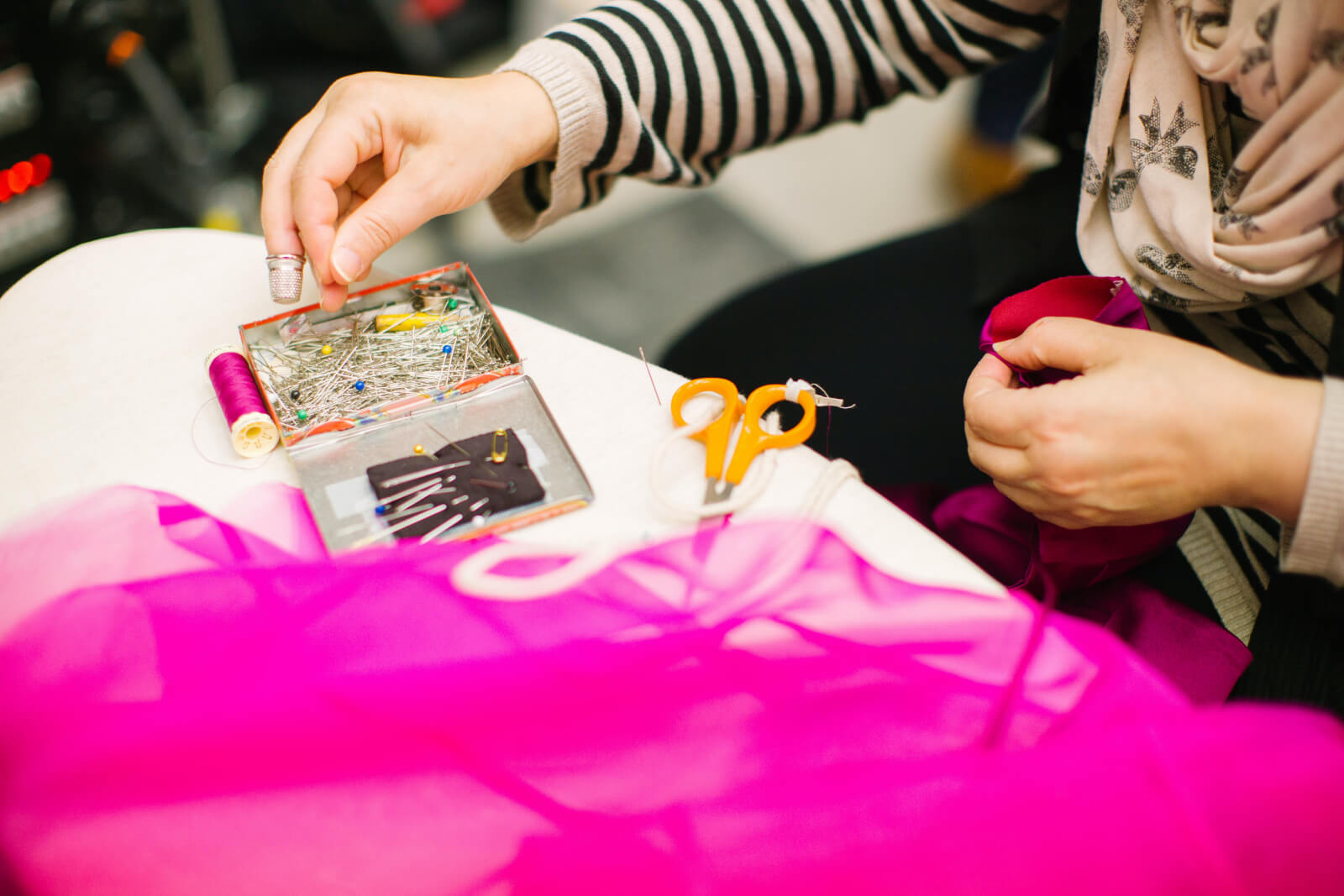Lorrie is an amazingly talented quilter. Unfortunately, doing so many small hand movements has caused her to struggle with issues like carpal tunnel syndrome. Carpal tunnel syndrome is a common condition resulting in numbness and pain in the hands due to compression of the median nerve as it passes through a narrow passage in the wrist. It tends to affect people who do a lot of work with their hands gripping and/or doing fine motor movements. Current options for CTS are physical therapy, blind steroid injection, and surgery.
Nerve Hydrodissection for Carpal Tunnel Syndrome
Research and personal clinical experience show that a procedure called “nerve hydrodissection” is highly effective for even moderately advanced cases of carpal tunnel syndrome with just a few treatments. The treatment entails injecting 5% dextrose in water (D5W) around (but not into) the nerve to separate it from the surrounding connective tissue and free it from any points of irritation. The 5% dextrose also has a calming effect on the nerve. By injecting around the nerve and freeing it from areas where it gets stuck, the pain resolves as the nerve moves freely through the carpal tunnel. Nerve hydrodissection can be used anywhere in the body where there is nerve entrapment, and the carpal tunnel is one of the most common places for this to occur.
Minimal Treatment Necessary
One of the many benefits to nerve hydrodissection is that while positive results tend to last for long stretches (6+ months), initial relief usually occurs within just a day or two of the treatment.
Combine this with the fact that most people only need 2-3 treatments total for 12+ months of relief and it’s clear that nerve hydrodissection should be on the top of the treatment choices. In more severe cases, Platelet Rich Plasma (PRP) is an effective therapy that can relieve pain in cases that don’t respond to D5W.
Experience Matters
This is a sensitive and technically demanding procedure that requires advanced training. The doctors at Oregon Regenerative Medicine have in-depth training in the procedure, years of training in ultrasound guidance, and have effectively treated many patients with this procedure. It’s wise to rely on doctors who have the training and experience to do the procedure correctly to avoid nerve damage. Ultrasound guided injections are what I do all day, everyday.
Lorrie is a great success story and she’s not just saying it. It really does work. Don’t forgo your favorite hobbies, activities, or work because of carpal tunnel syndrome. Schedule an appointment today.
References:
- Wu, Y.-T., Chen, S.-R., Li, T.-Y., Ho, T.-Y., Shen, Y.-P., Tsai, C.-K. and Chen, L.-C. (2019), Nerve hydrodissection for carpal tunnel syndrome: A prospective, randomized, double-blind, controlled trial. Muscle Nerve, 59: 174-180. https://doi.org/10.1002/mus.26358
- Evers, S., Thoreson, A.R., Smith, J., Zhao, C., Geske, J.R. and Amadio, P.C. (2018), Ultrasound-guided hydrodissection decreases gliding resistance of the median nerve within the carpal tunnel. Muscle Nerve, 57: 25-32. https://doi.org/10.1002/mus.25723
- Wu Y-T, Ho T-Y, Chou Y-C, et al. Six-month efficacy of perineural dextrose for carpal tunnel syndrome: a prospective, randomized, double-blind, controlled trial. Mayo Clinic Proceedings. 2017;92(8):1179-1189.
- Tsung-Ying Li, Si-Ru Chen, Yu-Ping Shen, Chih-Ya Chang, Yu-Chi Su, Liang-Cheng Chen, Yung-Tsan Wu, Long-term outcome after perineural injection with 5% dextrose for carpal tunnel syndrome: a retrospective follow-up study, Rheumatology, Volume 60, Issue 2, February 2021, Pages 881–887, https://doi.org/10.1093/rheumatology/keaa361
- Shen, Y-P, Li, T-Y, Chou, Y-C, et al. Comparison of perineural platelet-rich plasma and dextrose injections for moderate carpal tunnel syndrome: A prospective randomized, single-blind, head-to-head comparative trial. J Tissue Eng Regen Med. 2019; 13: 2009– 2017. https://doi.org/10.1002/term.2950
Photos by Kris Atomic and Jordan Whitfield on Unsplash




